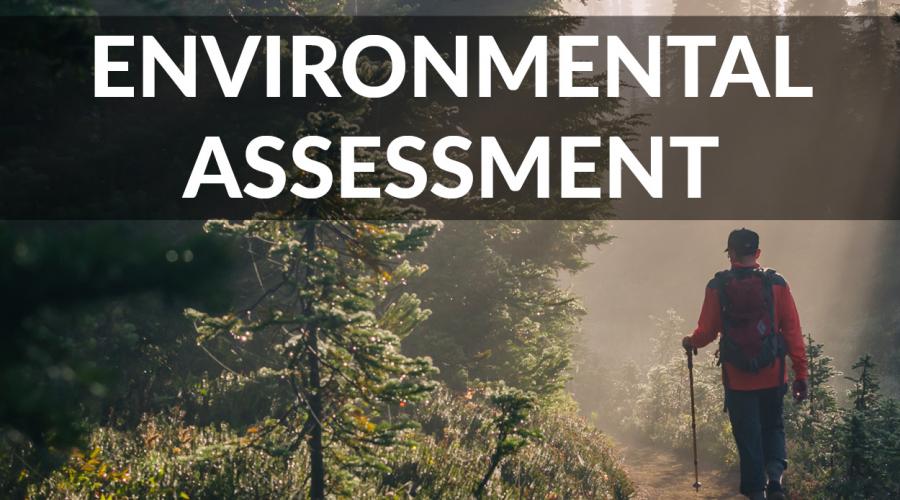Any economic evaluation for a highway project must be viewed alongside its environmental and social consequences. This area of evaluation takes place within the environmental impact assessment (EIA) for the proposal. Within the US, EIA was brought into federal law under the National Environmental Policy Act 1969 which required an environmental assessment to be carried out in the case of all federally funded projects likely to have a major adverse effect on the quality of the human environment. This law has since been imposed at state level also.
Interest in EIA spread from America to Europe in the 1970s in response to the perceived deficiencies of the then existing procedures for appraising the environmental consequences of major development projects. The central importance of EIA to the proper environmental management and the prevention of pollution led to the introduction of the European Union Directive 85/337/EEC (Council of the European Communities, 1985) which required each member state to carry out an environmental assessment for certain categories of projects, including major highway schemes. Its overall purpose was to ensure that a mechanism was in place for ensuring that the environmental dimension is properly considered within a formal framework alongside the economic and technical aspects of the proposal at its planning stage. Within the UK, the environmental assessment for a highway proposal requires 12 basic impacts to be assessed, including air, water and noise quality, landscape, ecology and land use effects, and impacts on culture and local communities, together with the disruption the scheme will cause during its construction. The relative importance of the impacts will vary from one project to another.
Public consultation
For major trunk road schemes, public hearings are held in order to give interested parties an opportunity to take part in the process of determining both the basic need for the highway and its optimum location.
For federally funded highways in the US, at least one public hearing will be required if the proposal is seen to:
· Have significant environmental, social and economic effects
· Require substantial wayleaves/rights-of-way, or
· Have a significantly adverse effect on property adjoining the proposed highway.
Within the hearing format, the state highway agency representative puts forward the need for the proposed roadway, and outlines its environmental, social and economic impacts together with the measures put forward by them to mitigate, as far as possible, these effects. The agency is also required to take submissions from the public and consult with them at various stages throughout the project planning process.
Within the UK, the planning process also requires public consultation. Once the need for the scheme has been established, the consultation process centres on selecting the preferred route from the alternatives under scrutiny. In situations where only one feasible route can be identified, public consultation will still be undertaken in order to assess the proposal relative to the ‘do-minimum’ option. As part of the public participation process, a consultation document explaining the scheme in layman’s terms and giving a broad outline of its cost and environmental/social consequences, is distributed to all those with a legitimate interest in the proposal. A prepaid questionnaire is usually included within the consultation document, which addresses the public’s preferences regarding the relative merit of the alternative alignments under examination. In addition, an exhibition is held at all local council offices and public libraries at which the proposal is on public display for the information of those living in the vicinity of the proposal. Transport planners are obliged to take account of the public consultation process when finalising the chosen route for the proposed motorway. At this stage, if objections to this route still persist, a public enquiry is usually required before final approval is obtained from the secretary of state.
In Ireland, two public consultations are built into the project management guidelines for a major highway project. The first takes place before any alternatives are identified and seeks to involve the public at a preliminary stage in the scheme, seeking their involvement and general understanding. The second public consultation involves presentation of the route selection study and the recommended route, together with its likely impacts. The views and reactions of the public are recorded and any queries responded to. The route selection report is then reviewed in order to reflect any legitimate concerns of the public. Here also, the responsible government minister may determine that a public inquiry is necessary before deciding whether or not to grant approval for the proposed scheme.


